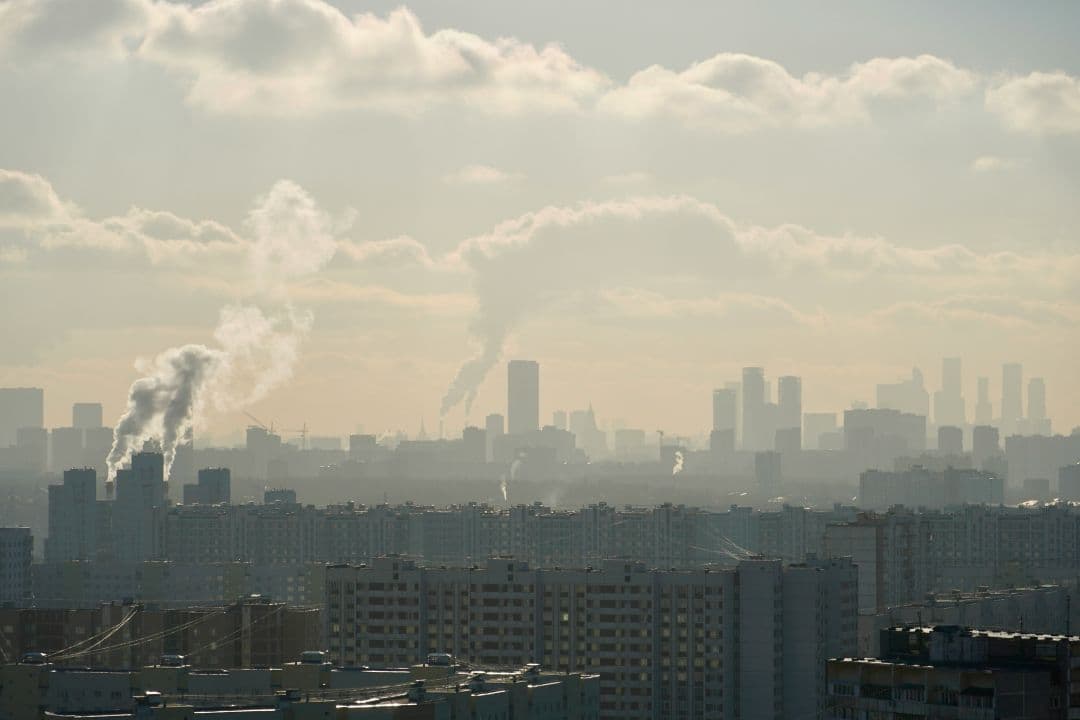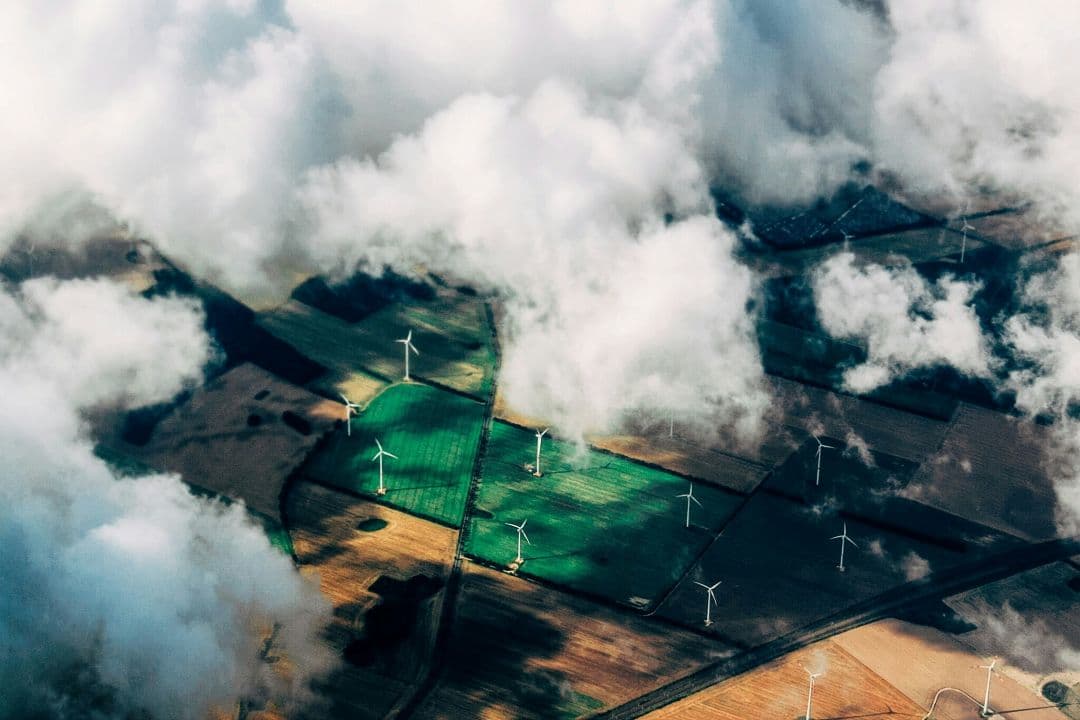Arctic LNG-2 Cargoes Keep Trickle to China

The December NYMEX is trading near $4.46/MMBtu, down from Friday’s $4.57 close. Today’s sheet tightens modestly. ResComm demand rebounds to 29.0 Bcf/d (+2.9 d/d) as a fresh chill works through the Midwest and Northeast, power burn holds at 30.7 Bcf/d (flat d/d), and industrial demand rises up to 24.0 Bcf/d (+0.3 d/d). Looking at supply, production is steady at 107.1 Bcf/d with Canadian imports near 6.0 Bcf/d (+0.2 d/d). LNG feedgas softens to 16.4 Bcf/d (-0.3 d/d) as flows wobble around Gulf Coast facilities. Net of these moves, total U.S. demand prints 113.4 Bcf/d (+3.0 d/d) against total supply at 113.1 Bcf/d (+0.2 d/d), leaving an implied storage change at a small 0.6 Bcf/d withdrawal versus mild builds late last week, evidence that early heating load is starting to bite again.
China’s Beihai terminal is set to take another Arctic LNG-2 cargo as the Arctic Pioneer approaches via Kamchatka transshipment. The incremental ship joins a small fleet moving Russian volumes, but the Northern Sea Route is effectively closing to non-Arc7 hulls for winter, which means logistics tighten just as Northeast Asia’s heating season ramps. With only one Arc7 ice-class carrier expected to keep the route open, loadings are projected to average around three cargoes per month through May 2026, keeping a cap on incremental Pacific supply and reducing the cadence of arrivals into South China. Sanctions risk also lingers: the UK has targeted the Beihai terminal and several tankers, the EU has approved a 2027 ban on Russian LNG imports, and the UK plans to restrict maritime services in 2026, all of which complicate financing, insurance and voyage planning. The Koryak FSU in Kamchatka remains the key relay for these flows, while project ownership concentrated with Novatek and minority stakes from TotalEnergies, CNPC, CNOOC and Japan Arctic LNG BV anchor offtake.
NYMEX Natural Gas December Contract Trading at $4.46/MMBtu

FERC Independence Fight Looms Over Energy Capex
Front-month WTI trades around $60.13/bbl, a few cents up from Friday's close, as the complex weighs balanced physicals against policy risk. A bipartisan group of former FERC commissioners urged the U.S. Supreme Court to preserve for-cause removal protections for ratemaking commissions, warning that politicization could raise financing costs for pipelines and transmission and ultimately lift end-user energy prices. Oral arguments are scheduled for December 8; outcomes range from a narrow ruling that preserves protections for ratemaking bodies to a broader reversal that subjects commissioners to at-will removal. A narrow decision would likely stabilize allowed ROE cases, interconnection cost-allocation, and Natural Gas Act Section 7 certificate timelines, supporting lower risk premia for long-haul gas pipes that underpin LNG and power-market growth. A broad decision would inject election-cycle volatility into rate setting and siting, widen spreads between hub and basis as projects stall, and could nudge producer and midstream cost of capital higher even if headline crude stays range-bound.
Keep Reading
More from Gelber & Associates

Emissons Markets Development
Emissions trading (also known as “cap and trade”) policies are a market-based approach to reducing pollution by establishing limits on emissions and providing tradable allowances that authorize holders to emit the capped level of greenhouse gasses.

Energy Transition
Many companies have begun integrating environmental and sustainability priorities into their products and services. As Gelber & Associates continues to expand our sustainability offerings, it was necessary to formalize these practices into a cohesive group under one hypernym.
